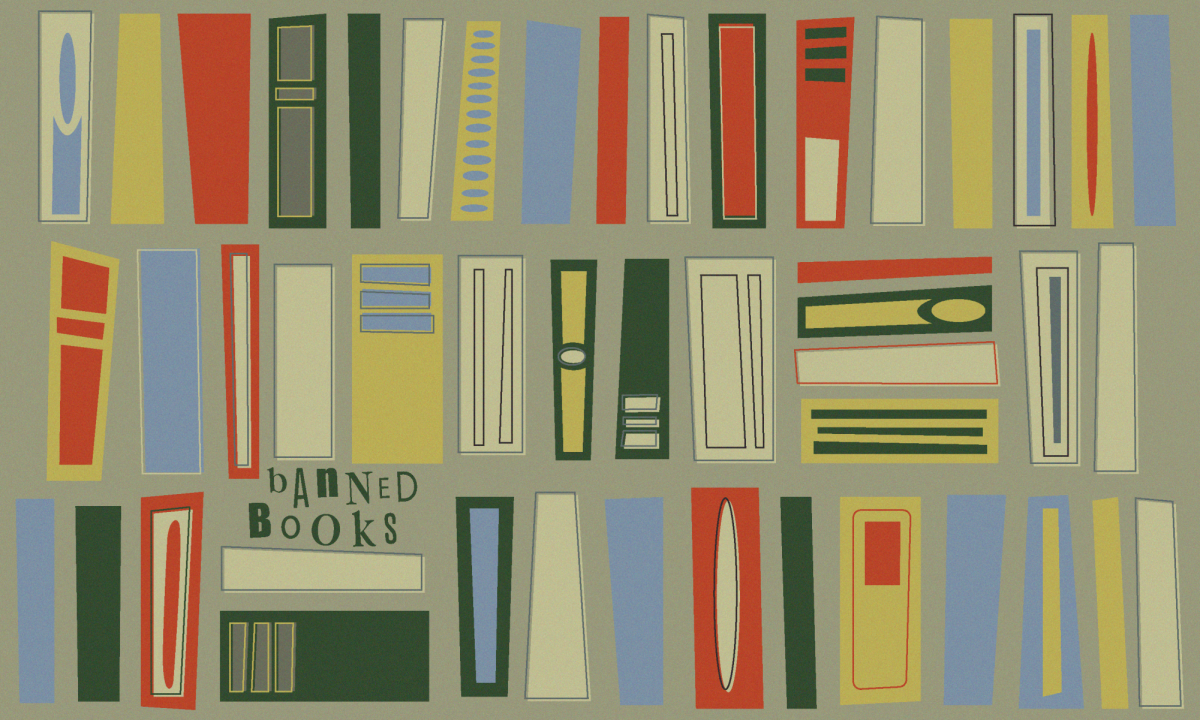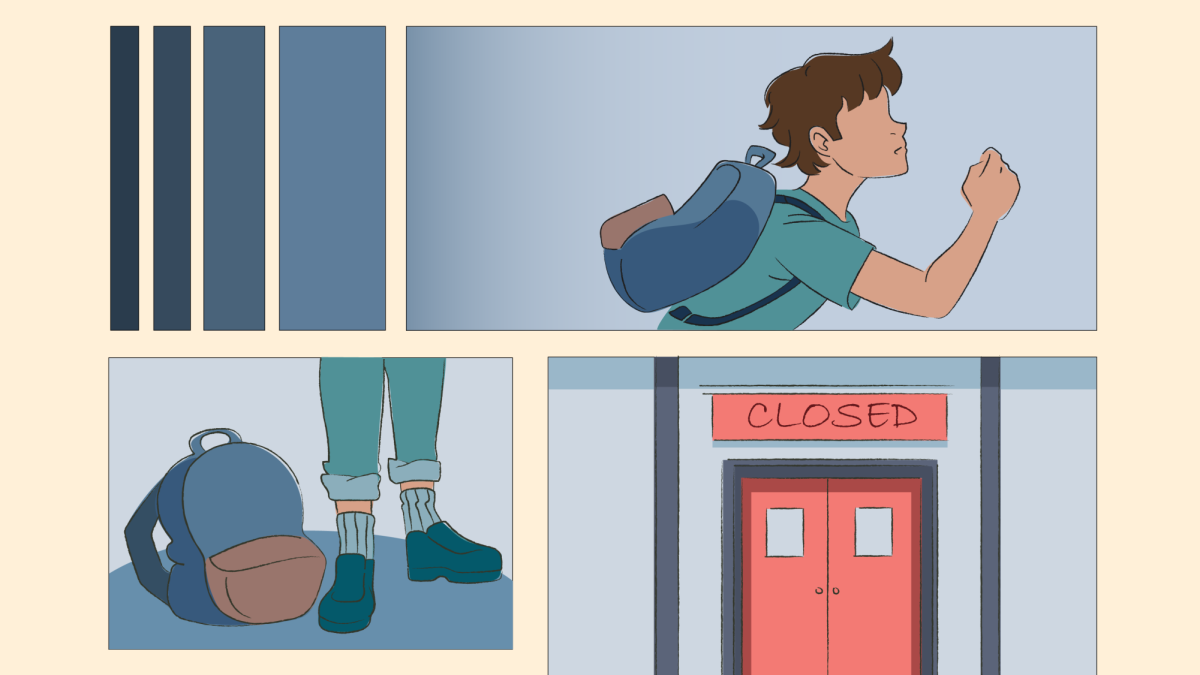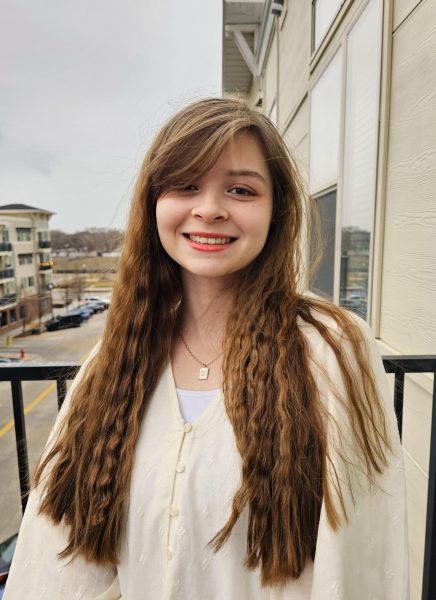In January, the Salt Lake City School Board announced that it would be closing four of its elementary schools.
After backlash from the community, Salt Lake City School District defended itself by stating this was the best course to take to combat low enrollment rates. However, some parents feel as if the impending school closures further create educational inequities in their communities. Rep. Brady Brammer proposed H.B. 341 to ensure parents get notified of any school closures and border changes school districts decide to make.
This is an opportunity for Utah to dig deeper into fixing its lacking educational system and environment for our children. Declining enrollment rates can be what pushes Utah to start increasing its per-pupil spending, thus leading to better resources to educate Utah children.
Where Are All the Children?
Urban public schools across the country are dealing with a decline in birth rates and a rise in public-school alternatives. Furthermore, pandemic-flight has caused a greater number of students to leave urban and public schools.
Nonetheless, Salt Lake City has also struggled to keep its birth rates up and schools at full enrollment. Further, many public schools have worn off the pandemic relief funds that were able to sustain them. The lower funding and low enrollment rates have forced many districts to reconsider the number of schools to keep open.
As trends persist, school districts — such as SLCSD — have an opportunity to pick up the pieces of low state pupil funding. Per-pupil funding is the expected cost of educating individual students in the district. It is determined by dividing the school’s operating cost by the number of students enrolled.
Luckily, implementing mixed-income schools could allow the state to increase student funding and bridge the educational gaps between low-income students and wealthier students.
This Is Our Chance
During the 2023 Legislative Session, Utah passed H.B. 215 which gives parents $8,000 in tax credits if parents wish to send their children to private schools. Tax credits or vouchers work by taking money collected and then setting it aside in a fund.
This was anticipated to increase private school enrollment whilst leaving public schools to scrapple with recent declines.
This unfortunate situation is the perfect opportunity for the state to address the state of its public education problem — as incentives continue to drive parents away from the thing that helps bridge economic gaps in their communities. As more parents abandon public schools for the more costly charter and private schools, this creates bigger barriers and problems throughout the state.
“We’ve known for a while that fewer kids have been into the system. Like when you add things like competition for charter schools and vouchers for private schools, it just creates pressure to close schools,” said Salt Lake City Council Member Victoria Petro, a mother of three SLCSD children.
Charter and private schools are notorious for segregating students and leaving lower-income students and families behind. In the Public Interest found that privatizing education takes funding away from public schools, leading to poor families losing access to the public good. This then increases socioeconomic segregation, which often also results in racial segregation.
We Must Protect Schools
Though the topic of public school closures has been controversial, it is time to look closer into the reasons behind the trends.
Rather than trying to encourage parents and families to leave public schools, we must remind them of the importance of supporting them. The NAEP found that low-income fourth-graders who attended schools that were more affluent were two years ahead of their low-income peers.
School closures may allow lower-income families and students to attend schools with their wealthier counterparts. Mixed-income schools may allow for resources to be distributed a bit fairer. However, they may lack the ability to provide the necessary community centers for our vulnerable and low-income families.
“So, our new American families right now … come to the school multiple times a week to get groceries or come to our English classes or to even get advice on permits and dentists” Petro said. “… Our schools are community centers.”
Public Schools Are a Right
As the state of our state changes, it’s time to make sure that our schools are following suit. Ensuring that students, regardless of their circumstances, get the proper education will be a challenge but will be necessary for the success of the state.
Although the birth rates have gone down, this gives the state the perfect opportunity to increase the funding of students.
It is time to bridge the educational gaps within our communities. We need to create better paths for parents seeking to improve the quality of their children’s education — paths that don’t leave the community behind.















John Hedberg • Feb 16, 2024 at 3:46 pm
“Charter and private schools are notorious for segregating students and leaving lower-income students and families behind. In the Public Interest found that privatizing education takes funding away from public schools, leading to poor families losing access to the public good. This then increases socioeconomic segregation, which often also results in racial segregation.”
Is this not a lie, and a bigoted lie, at that?
Are alternative schooling options really more expensive?
Are not lower-income families entitled to the same vouchers as any other parent, making your fraudulent claim of racism an actual racist attack by you?
Has the per-pupil level of funding dropped because of these vouchers? If not, aren’t you just gaslighting readers with more fake racist tropes for a new funding system that will actually allow lower-income families of all flavors greater choice in getting their kids into a quality school that can actually get them into a good university?
You seem more interested in protecting the public school teachers than the well-being of the students you claim to care about. Getting them into better schools is better for the students, any flavor, so why not support this new funding initiative, or at least present the reasons why so many low-income families are leaping for joy at the prospect of getting their kids out of failing schools and on toward their American Dreams?
The Chronic can always be depended on to supply one side of any debate, always the same side, and never any inclusion of diversity from the Marxist-Equity religious dogma of hate they preach 24 hours a day towards people who largely came here because the US offers a better life, and better inclusion, than any other place available. Huh! And yet we never hear that point of view side by side with the hate-hustling~!
Why is that, I wonder?